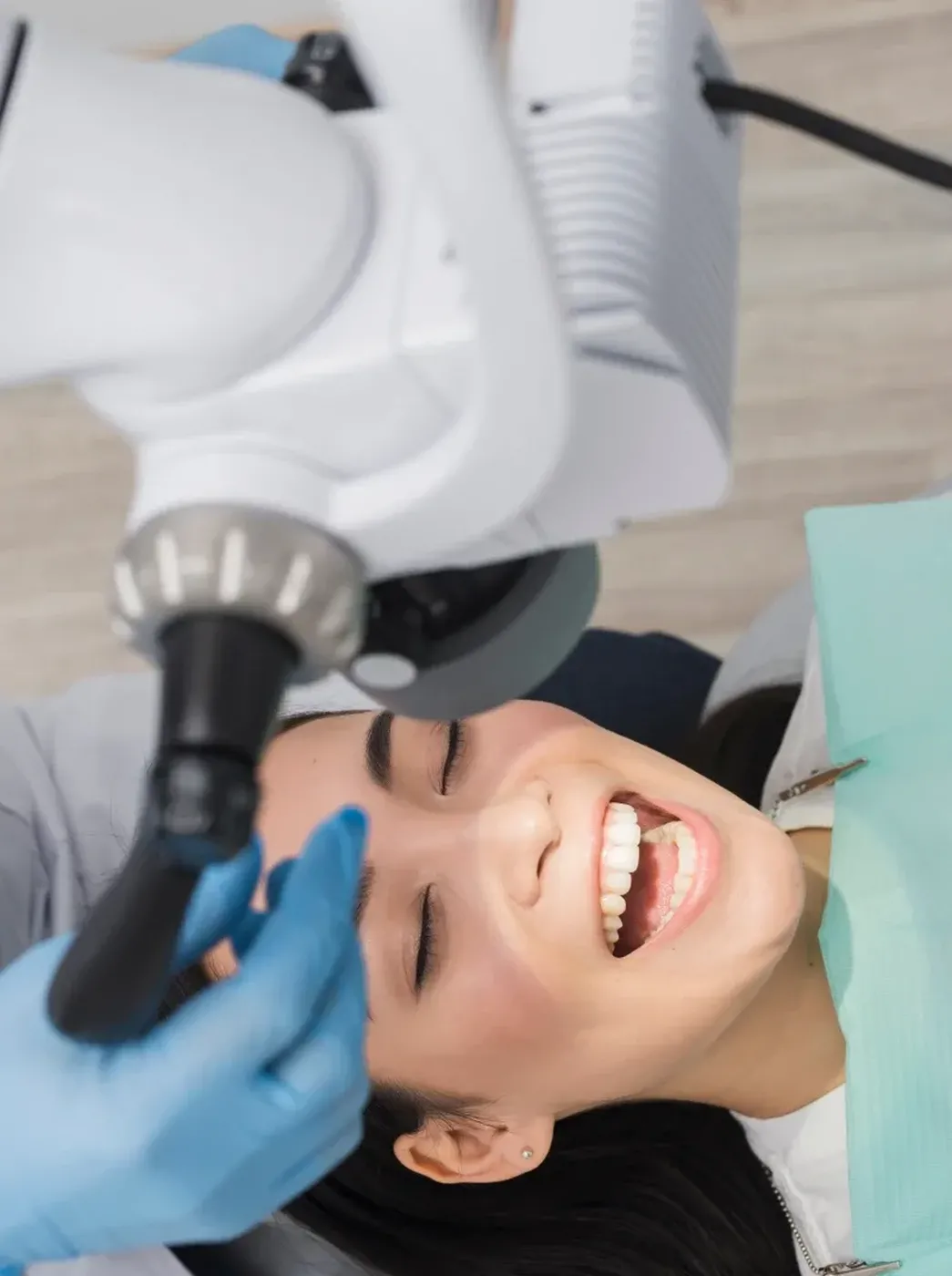
Dental bone grafting
Bone Augmentation (Bone Grafting) is a surgical technique aimed at restoring the lost volume of jawbone. The procedure is often used to prepare for dental implantation. If the bone has lost its height and/or width (vertical/horizontal atrophy), effective prosthetic treatment with implants becomes impossible. According to statistics, about half of patients require bone grafting before implant placement. At Gallant Dental Clinic, we perform this procedure using modern biomaterials and proven techniques.
Indications and Contraindications for Bone Grafting
Bone tissue augmentation may be needed in various cases. The main indications for bone grafting include:
- Prolonged absence of one or more teeth. When teeth are lost due to trauma or disease and are not replaced promptly, the bone begins to atrophy. Due to lower tissue density, degenerative processes happen especially fast in the upper jaw area.
- Reconstruction after trauma. Fractures, jaw injuries, or deformities can lead to loss of bone mass.
- Anatomical jaw structure features. Some patients are born with insufficient bone thickness or height in certain areas.
- Periodontal diseases. Chronic inflammation, such as periodontitis, destroys not only the soft tissues but also the supporting bone.
Although bone grafting is highly effective, it has certain contraindications. The main ones include:
- Severe blood disorders
- Immunodeficiency conditions, including HIV or immunosuppressive therapy
- Pregnancy and lactation
- Osteoporosis
- Use of bisphosphonates
At Gallant Dental Clinic, our specialists carry out comprehensive diagnostics before recommending bone augmentation. The decision to proceed with the procedure is made individually, taking into account all risks and patient needs.
Types of Bone Graft Materials
Depending on the degree and type of bone atrophy, anatomical specifics, location of the defect, and overall health, an appropriate bone grafting method and material are selected. The materials can be biogenic (natural origin) or synthetic. Main types include:
- Autogenous grafts. Bone is harvested from the patient’s own body, usually from the chin, lower jaw, or iliac crest. These offer excellent biocompatibility and fast healing.
- Allogenic grafts. Donor bone tissue (usually from cadavers) is thoroughly processed, sterilised, and stored.
- Xenogenic grafts. Derived from animal bone (usually bovine or porcine). All organic components are removed through special processing. This is a cost-effective option available in block or granule form.
- Alloplastic grafts. Synthetic materials, often based on calcium phosphate or hydroxyapatite, closely mimic natural bone. Most commonly used in upper jaw augmentation.
At Gallant, we use only certified, safe materials from leading global manufacturers.
Main Bone Augmentation Techniques
Modern dentistry offers several effective bone augmentation methods, each providing a reliable foundation for future implantation:
Guided Tissue Regeneration (GTR) with Barrier Membranes
Used in early-stage atrophy. The gums are opened, the graft material is placed in the defect area, and covered with a collagen membrane to protect the graft and promote natural regeneration.
Autogenous Bone Block Grafts
The patient's own bone is fixed in the defect area with titanium screws, covered with a membrane, and sutured.
Ridge Splitting (Alveolar Ridge Expansion)
The jawbone is split into two parts, and bone material is inserted between them. A membrane is used to stabilise the structure. Ideal for narrow alveolar ridges.
Sinus Lifting (Open and Closed)
Bone in the upper jaw is augmented by elevating the floor of the maxillary sinus and placing transplant to stimulate bone growth.
Steps of the Bone Grafting Procedure
Bone augmentation for implant preparation includes several stages:
- Preparation. A consultation, X-ray, or CT scan is done to assess the bone condition. Oral sanitation is essential—this includes treating inflammation, tooth decay, and performing professional cleaning.
- Surgical Procedure. Under local anaesthesia, the gum is incised to expose the bone. The bone graft material is placed in the desired area, covered with a barrier membrane, and sutured.
- Post-Operative Care. After the surgery, it is crucial to follow your dentist's instructions—avoid physical exertion, smoking, and hot food. Healing typically takes several months for the new bone to form completely.
The price of bone grafting depends on the chosen method, material, procedure complexity, and whether additional treatments are needed. The final cost will be determined during an individual consultation and diagnostics at Gallant Dental Clinic.
Request a call
We will contact you to schedule a convenient time for your consultation and connect you with the right specialist
What are the advantages of bone grafting at Gallant Dental Clinic?
- Restoration of bone volume: The procedure restores the necessary amount of bone tissue for successful implantation.
- Improved implant stability: The regenerated bone ensures secure fixation of dental implants.
- High biocompatibility: Modern materials are used to promote fast and safe healing.
- Minimal discomfort: Advanced anaesthesia and surgical techniques reduce pain and accelerate the recovery process.

What recommendations should be followed after bone grafting?
It is recommended to treat the surgical area with care. You must maintain proper oral hygiene and take all medications prescribed by the doctor. Smoking and alcohol consumption are strictly prohibited. You should avoid heating the jaw, hypothermia, physical activity, and taking hot baths.

What are the indications for bone grafting?
- Jawbone atrophy due to tooth loss or trauma
- Preparation for dental implant placement
- Correction of bone defects caused by periodontal diseases
- Restoration of bone volume after removal of tumours

How long does it take for the bone tissue to integrate?
In 4 to 6 months, depending on the body's regenerative abilities, the bone tissue integrates and fuses with the natural bone.



Request a call
We will contact you to schedule a convenient time for your consultation and connect you with the right specialist

Request a call
We’ll get back to you shortly!

Leave a Review
Your feedback means a lot to us!

